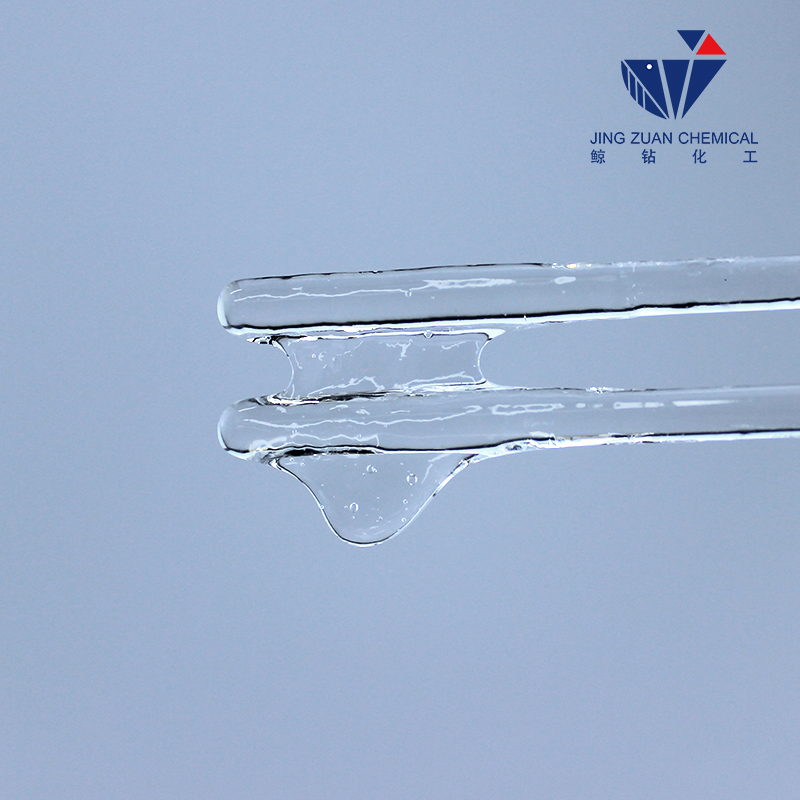
dec . 01, 2024 23:15 Back to list
hpmc meaning
Understanding the Meaning of HPMC
Hydroxypropyl Methylcellulose (HPMC) is a versatile polymer widely used across various industries, notably in pharmaceuticals, food, and construction. Its unique chemical properties and functional characteristics make it an essential component in many applications, offering multiple benefits that enhance product performance.
What is HPMC?
HPMC is a semi-synthetic polymer derived from cellulose, which is a natural polymer found in plant cell walls. Through chemical modification, cellulose is transformed into HPMC, which possesses ether groups that alter its solubility and functionality. The chemical structure of HPMC includes hydroxypropyl and methyl groups, which provide the compound with hydrophilic properties, making it soluble in water. This water solubility is crucial for its function in various applications.
Applications in Pharmaceuticals
One of the most significant applications of HPMC is in the pharmaceutical industry. HPMC is commonly used as a binder, film-forming agent, and controlled-release agent in tablet formulations. Its ability to create a stable matrix allows for the sustained release of active ingredients, improving the efficacy of medications over time.
Moreover, HPMC is often utilized in the production of ocular medication due to its ability to retain moisture, providing relief for dry eyes. As a thickening agent in liquid formulations, HPMC enhances viscosity, ensuring that the medications can be administered effectively.
Role in Food Industry
hpmc meaning

In the food industry, HPMC serves as a food additive, recognized for its ability to improve texture and stability. It acts as a thickening agent, emulsifier, and stabilizer, contributing to the desired mouthfeel and appearance of various food products. For instance, HPMC is commonly found in baked goods, sauces, and dairy products, where it helps in maintaining consistency and preventing separation.
Additionally, HPMC serves as a vegan alternative to certain animal-derived ingredients, such as gelatin, in food applications. This characteristic opens doors for HPMC’s use in products aimed at health-conscious consumers or those following plant-based diets.
Construction Industry Applications
In the construction sector, HPMC is used primarily as an additive in cement and mortar formulations. It improves workability, enhances water retention, and reduces the risk of cracking in drying cement, which are critical factors in achieving durable structures. HPMC enables better adhesion of mortar to tiles and other surfaces, ensuring longevity and performance in construction materials.
Environmental and Health Considerations
HPMC is generally regarded as safe for use in both food and pharmaceutical applications. It is non-toxic, biodegradable, and free from harmful chemicals, making it an environmentally friendly option. As consumers become increasingly aware of product safety and sustainability, the demand for HPMC in various applications continues to grow.
Conclusion
In conclusion, Hydroxypropyl Methylcellulose (HPMC) is a multifunctional compound that plays a pivotal role in a variety of industries, including pharmaceuticals, food, and construction. Its unique properties enhance the quality and effectiveness of products in these sectors, making it an invaluable ingredient. As we continue to explore innovative uses for HPMC, its significance in modern applications is only expected to increase. Emphasizing its safety and sustainability, HPMC stands out as a reliable choice for manufacturers looking to improve product performance while also addressing consumer health and environmental concerns.
-
Unlocking the Benefits of HPMC Products: A Gateway to Versatile Applications
NewsAug.07,2025
-
Unleashing the Potential of HPMC Ashland: A Comprehensive Look
NewsAug.07,2025
-
Tile Bonding Cellulose: The Key to Superior Adhesion and Durability
NewsAug.07,2025
-
Hydroxypropyl Methylcellulose Powder: The Versatile Component in Modern Pharmaceuticals
NewsAug.07,2025
-
Hydroxyethyl Cellulose: The Versatile Solution for Various Industries
NewsAug.07,2025
-
Hydroxyethyl Cellulose (HEC): The Versatile Polymer for Various Applications
NewsAug.07,2025







